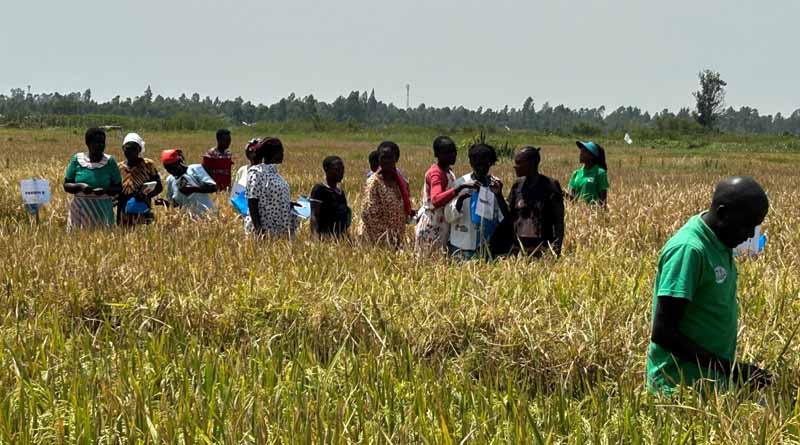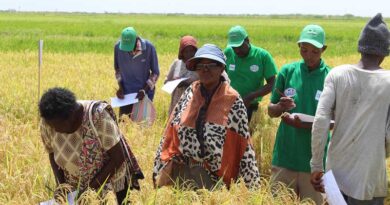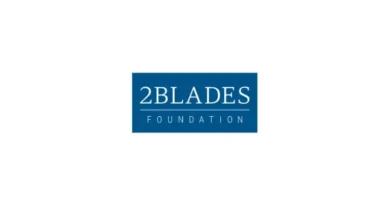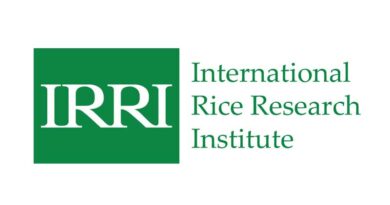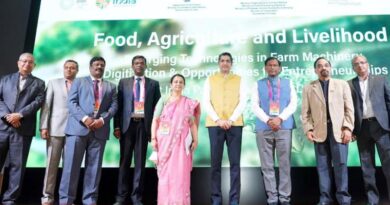KALRO and IRRI organize Farmers’ Field Day at Siaya County, Sharing Improved Rice Varieties and Training Farmers on Climate-smart Agronomy
06 May 2024, Kenya: KALRO and IRRI jointly held a Farmers’ Field Day at Siaya County, Kenya where they conducted a participatory varietal selection of IRRI-developed lines as well as training on best agricultural practices covering topics like pest and disease management. Female farmers were also interviewed to discuss their market preferences to help varietal, market, and policy development in the region.
The Kenya Agricultural and Livestock Research Organization (KALRO) and IRRI jointly organized a Farmers’ Field Day at the Bunyala Irrigation Scheme, Siaya County in Western Kenya where they promoted the adoption of improved high-yielding rice varieties and climate-smart agronomy for increased productivity and income to help achieve food and livelihood security in the country.
According to Kenya’s National Rice Development Strategy – 2 (NRDSII), the country aims to increase rice production from 156,000 metric tons in 2018 to 1,301,00 metric tons by 2030. Yet in recent years, rice consumption has been increasing due to population growth and changes in eating habits. Thus, to meet the demand, rice was imported from neighboring countries and the South Asian sub-continent to meet 87% of the total consumption. Climate change is affecting rice farmers since it causes unpredictable weather conditions, prolonged dry periods, and extreme flooding.
The Market Intelligence and SeedEqual teams participated in this Farmers’ Field Day where they conducted a participatory varietal selection (PVS) and provided training for farmers on harvest mechanization, pest and disease management, and other best agricultural practices. The PVS allowed local farmers to evaluate and shortlist varieties that could be cultivated in their fields and sold at their markets. Among the varieties that farmers evaluated were Mkombozi (08FAN10), Komboka (IR 05N221), and Sindano (IR2793-80-1).
Eight female farmers sat down to discuss their preferences and observations of the rice market in the region. The women stated that over 70% of the rice that is grown in the region never sees the Kenyan market and is taken across the border to Uganda because they earn more when they sell to the bordering country’s markets. Therefore, women prefer to grow Sindano because this is favored by Ugandan consumers. In general, women farmers expressed preferences for high-aroma, high-yielding, and long and heavy-grain rice that does not clump together when cooking. They also prefer rice varieties that do not lodge and have disease resistance.
Further discussions revealed that discrepancies in rice packaging, inconsistent cropping seasons due to lack of attention to land and irrigation management, and improper rice straw management were among the major constraints faced by the female farming community.
These insights will build into the local varietal development and policy development and enforcement that will be the design for targeted interventions to boost rice production in Kenya.
Also Read: PAU Registers First Biocontrol Agent for Foot Rot Disease Management in Basmati Paddy
(For Latest Agriculture News & Updates, follow Krishak Jagat on Google News)

